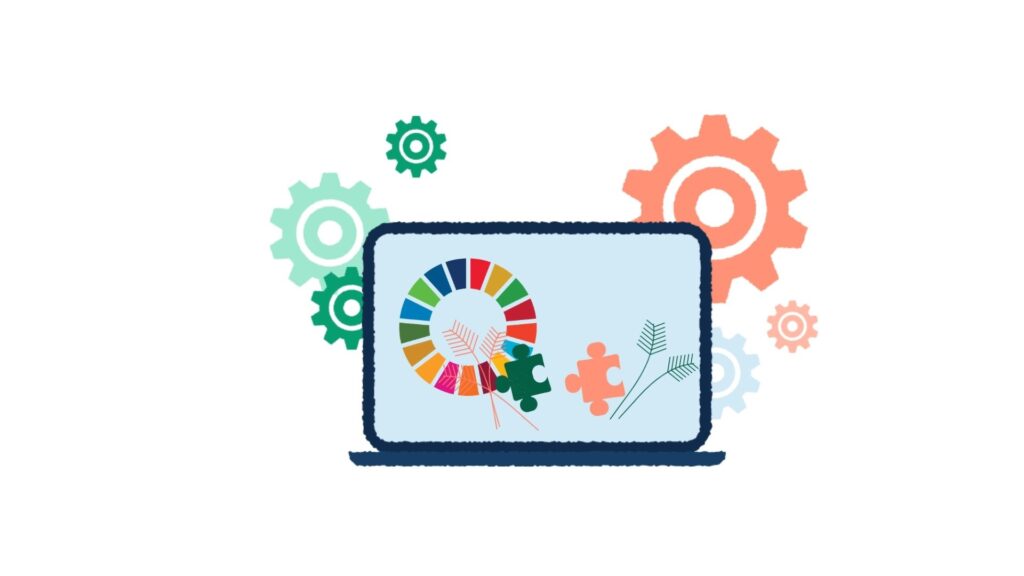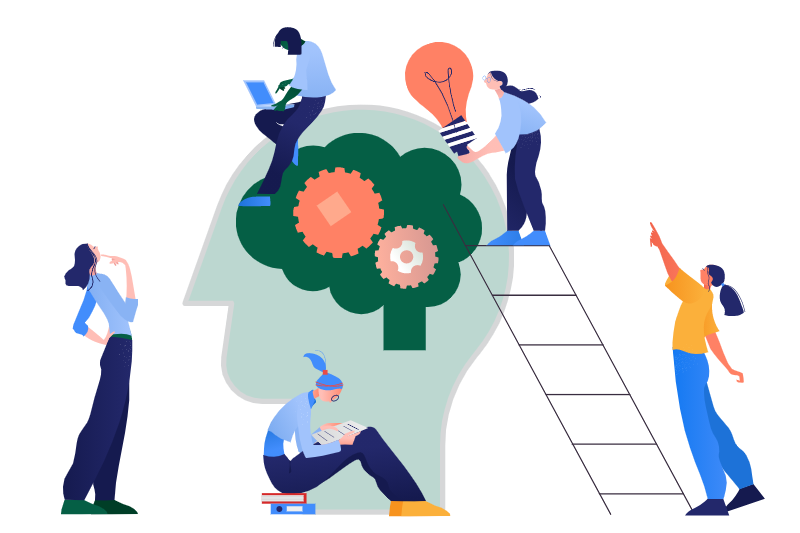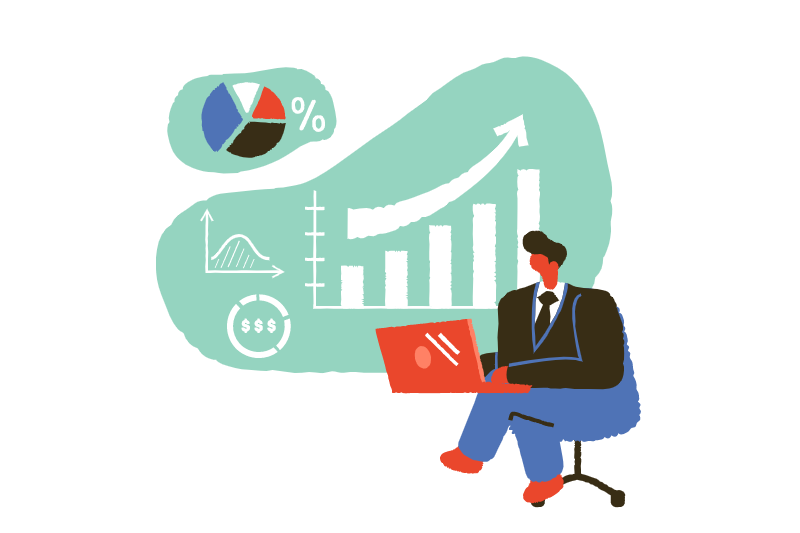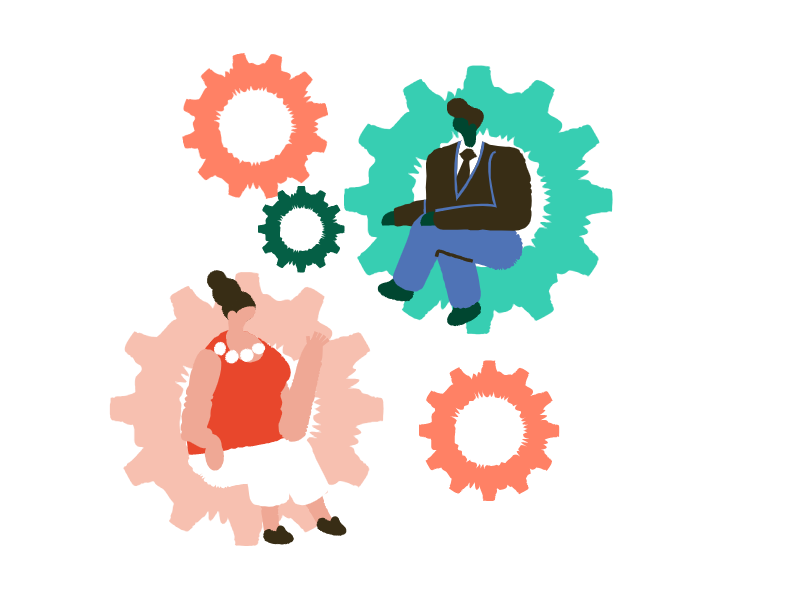By what method should the business network ensure that the United Nations 17 Sustainable Development Goals (SDGs) are accomplished aggregately?
A few days ago I was watching the short film on SDG Progress — The Global Picture, around 8.29 minutes, made by Mr Ola Rosling, President and Co-originator of the Gapminder Foundation. The film was posted on the United Nations site at (UN) Web TV.
This film is made for refreshing the world citizens about the global progress status of the Sustainable Development Goals (SDGs). Ola Rosling brilliantly made a fact-based film which is very easy to follow.
I became a big fan of Ola’s father Hans Rosling (and eventually the fan of the Gapminder) who made a short explanatory film on Bangladesh Miracle. The film clarifies the surprising example of overcoming adversity of how the most thickly populated nation on the planet has cut down the birth rate from 7 to 2 inside 30 years of its freedom. I have been following Gap minder’s work since watching this film.
Going back to the latest film by Ola and I have made some profound reflections on it. There are 17 SDGs which incorporate 169 targets to accomplish by 2030. The SDGs are viewed as the world’s best plan to end poverty, reduce inequalities, and tackle climate change.
35 of the total 169 SDG targets have the update and sufficient numbers to track the progress after almost half of the period is over. Six of these targets are on track, 24 are too slow and rest 5 are heading backwards.
35 of the absolute 169 SDG targets have the update and adequate numbers to follow the advancement after practically 50% of the period is finished. Six of these objectives are on target, 24 are excessively moderate and rest 5 are going in reverse.
To put it plainly, the pattern shows the majority of the objectives are not on target at all at the worldwide scale.
Why is this happening like this? Why is progress not as it ought to be?
Particularly given the fact that SDGs are embraced by all the UN nations member states since 2015. As the SDGs are viewed as a pressing call for action by all nations — developed and developing — in a global partnership, the progress should have been much better!!
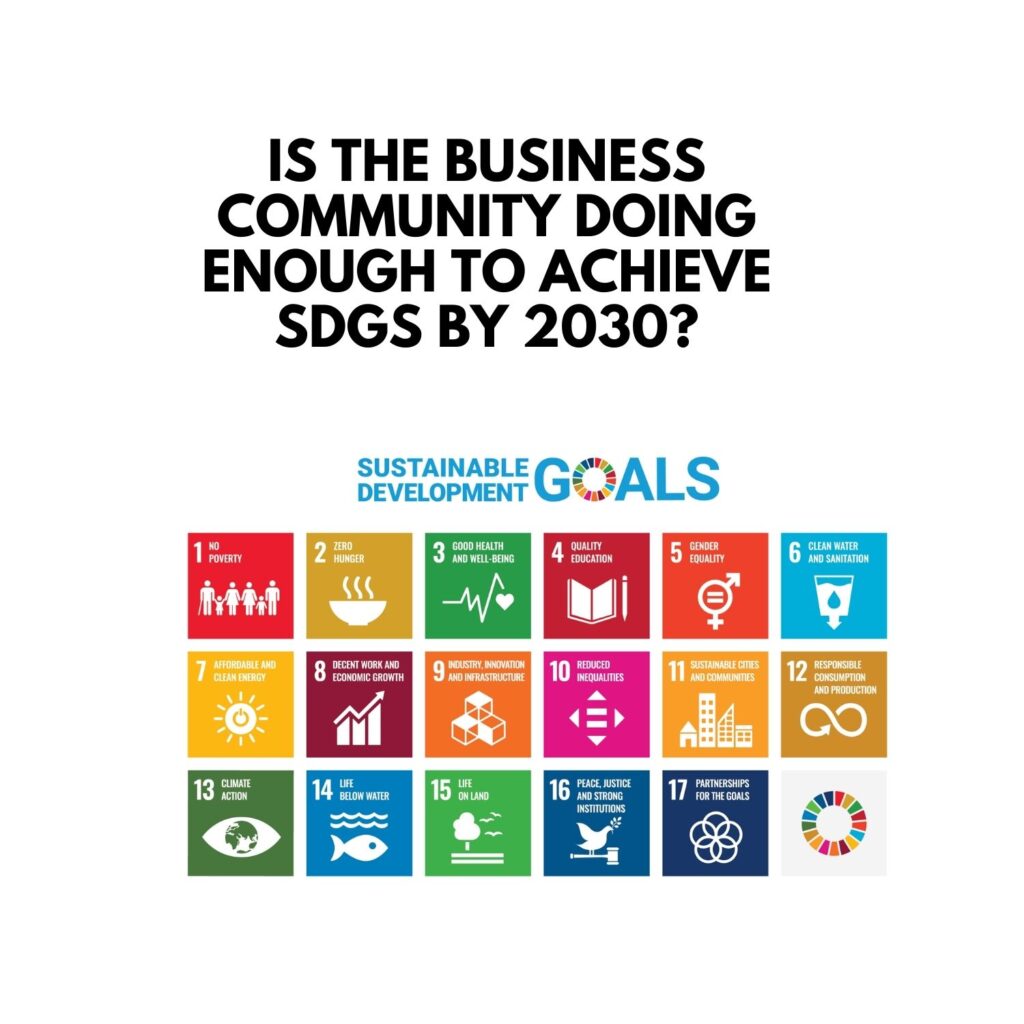
My business insights are pushing me to critically reflect on this unsatisfactory progress with a couple of questions:
- Where is the issue? Are we doing enough collectively?
- Are we all doing our part sufficiently, particularly in the business field?
Being in the sustainable business development domain, I have the exposure of both the business domain as well as the development sector. Therefore it has been rather helpful to make some conscious cross-check.
The business domain here refers to the private sector profit-making business. Whereas, by the development sector, I am referring to the sector who are devoted to development works with most of the support from the public funds.
My high-level general finding is, the sense of urgency regarding SDGs in the business arena is not as high as it is in the development sector. This is quite evident when you look for information on their websites. In other words, SDGs are not viewed as significant in the business filed, as it is done in the development sector.
After reflection on this knowledge and the inquiries above insightfully, I got inquisitive about a fundamental issue.
A few days back in a seminar (after the presentation of a sustainable impactful business) I was asked a question. How do we (my team) balance the focus on impact/SDGs as well as core business while building the business venture?
My straightforward answer was, it is tied in with having the correct attitude. From the earliest starting point, the outlook of the business was to keep centered around sustainability. Driving sustainability is the way of driving the business forward. Therefore, sustainability is solidly implanted in the business strategy since the time the business model has been transforming and getting formulated solidly. I resound a comparative reflection identifying with the correct mindset while pondering back the SDG progress.
SDG represents Sustainable Development Goals; comprising 3 major keywords. I will concentrate on “Development” as the focused keyword here to share my thoughts.
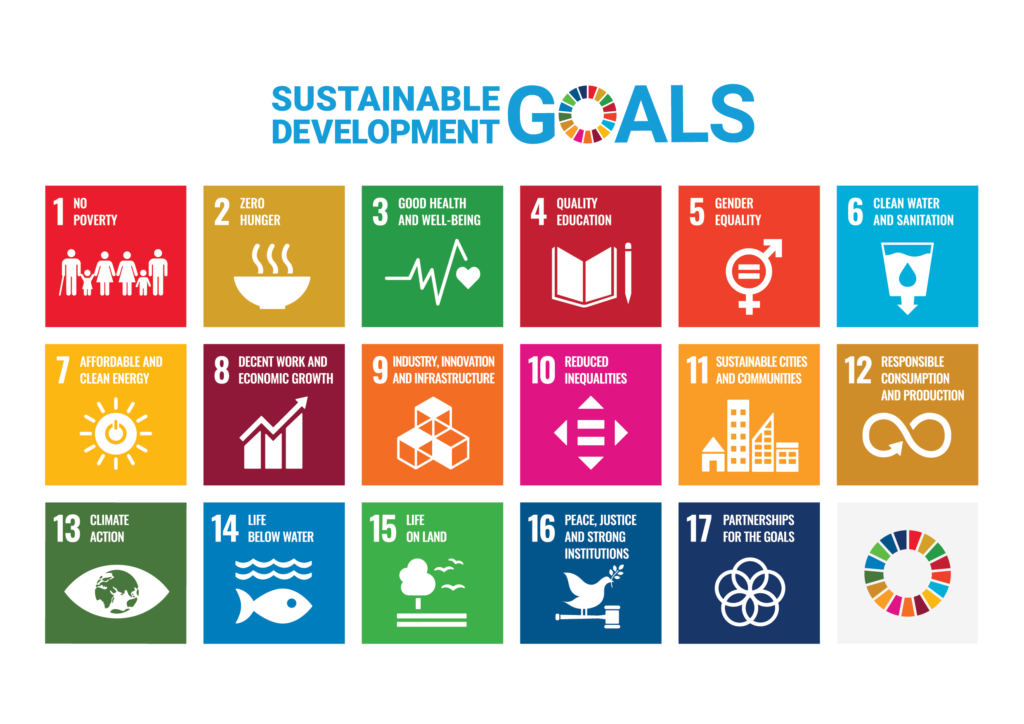
When you hear about “development” what comes in your mind? Ask yourself the question and try to think for a while being neutral.
Keep thinking.
Keep thinking.
In my mind, the following keywords pop up — NGO, Non-Profit, Probono, Charity, Grant, Aid, Help the poor etc etc etc.
Well, these are needed. Do not get me wrong. I am not against these keywords/ the related such organizations. I am well aware of the important roles they play. For example, the role of NGO is undeniable in the case of the rural development of a country like Bangladesh, which was once upon a time mistreated as the “basket case”. So I have immense respect for them, especially the NGOs.
The trouble is in the business community. There are millions of companies/ business entities around the world. They are playing a significant role in driving the $88 trillion world economy.
Most importantly business operates on the self-run basis, by creating jobs, helping others to generate economic benefits.
Just imagine if the business communities were involved actively in implementing SDGs likewise the development sectors, how would have been the progress status!
I am certain it would have been obviously superior to it is today.
The business being the driving force of the global economy, it is impossible to achieve SDGs 100% on-time without their active involvement.
The question is how much involved the business communities are?
There would be tons of questions/arguments around it. My curious mind provokes a simple question.
Imagine a scenario in which the name of SDG was not SDG; rather, if it was SBG meaning Sustainable Business Goals or SBDG Sustainable Business Development Goals instead of only Sustainable Development Goals!
Would that make some difference?
My assumption is it would have made a significant difference.
Presumably, the business communities would have a much better understanding, appreciation and self drive towards attaining the goals and targets. Because they are best in understanding business and business development.
– Am I proposing to change the name of SDG now? The appropriate response is: NO
– Am I saying that it can not be fixed? The appropriate response is: Hell NO
I am an extremely positive person who likes to see half the glass is filled up. But that positivity I see is blended with the analytical perspective.
As human beings, we possess great power of imagination. With that power, the business community has the immense advantage of bringing drastic change.
It’s about shifting the mindset and acting on that accordingly.
Even if you do not change the SDG name, just start considering it as SBG/SBDG for business. Internalise this perspective within your company. Let the development sector and the public sector take care of SDG.
I am certain this would bring principal change.
I would like to provoke your attention further. Please check out 5 companies randomly. How many of them have a separate dedicated webpage on their website for SDGs?
Even if we randomly check out 5 companies in Sweden we will see the same output despite the fact that Sweden is the top-ranked country in terms of achieving the SDGs.
Take an easy to execute a bold step:
- There are at least 4 pages which are very uniformly common in the company website around the globe. They are — home, contact, about us, privacy policy.
- Just make one additional page and add that to the list of the uniform page for all the businesses and companies. Put some data there with respect to the stance of your organization as to the SDGs.
- My closest companion, Zsolt Lazar, defence industry and economic scholar from Hungary suggested that the global actors / local governments or the investors should not give funds or bring investments if the businesses do not dedicate a page for the SDGs on companies’ websites.
- Mention insightful information about how many SDGs are being directly targeted; how many SDGs are being indirectly targeted! What do you want your company to achieve or be known for!
- Even you could go much deeper by talking about individual targets, going beyond the surface area of 17 SDGs only. The deeper you get in, your effort will be more committed.
- Make part of your annual plan and incorporate SDGs there. Ask your HR to set one Key Performance Indicator ( KPI ) (out of many KPIs) as SDG target and implementation for all the human capital of your company.
You might be wondering that your company has no scope to work directly with the SDGs if it is the case even in the worst-case scenario.
Don’t worry at all.
Just an idea to consider in such extreme cases:
- Allocate a fund and treat that as an investment fund in the countries who are economically weak.
- Invest that money in the startup scene within the same industry as you are in.
- You will not only get the return of your investment but you will also have your extended portfolio built.
- Offer this story on the committed SDG website page.
Additional actions to take:
- Use the SDGs action tools (SDG impact assessment tool, SDG action manager by the united nations global compact) and do self-assessment and benchmark it.
- After a certain interval, revisit and reflect on your progress. Measure it and draw an action plan to catch up the lagged ones.
- Communicate that in an inspiring manner. More and more companies and leaders will follow or replicate the approach. Eventually, it will create a multiplier effect.
So the bottom line is government, citizens, businesses — everyone has their own role to play in order to make the planned SDGs a reality within the defined timeline. One size fits all approach in terms of implementation will likely not help. Radical plans need exceptional actions. I believe, the business community can play their role far better than any other entity.
Would you like to have further dialogue on how your business is able to implement 17 SDGs in its strategy?
Simply drop me a note at abirh@how2transform.com
Or book a free appointment by clicking here
I would love to continue the dialogue.


